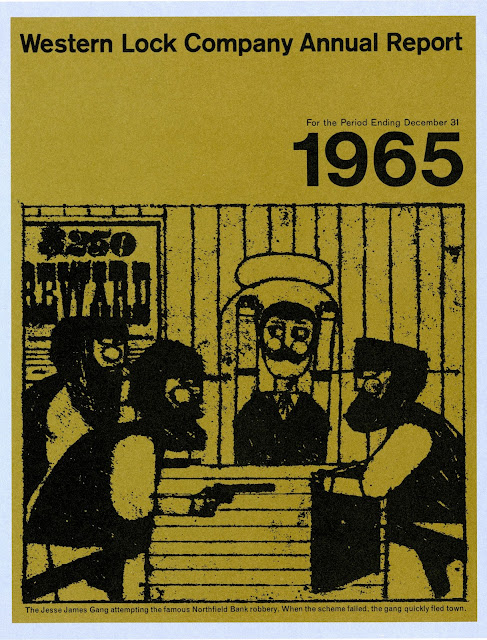Historian Boyd Cothran has written a wonderful, disturbing,
and important book,
Remembering the Modoc
War: Redemptive Violence and the Making of American Innocence (The
University of North Carolina Press, 2014). In it, he makes the case that
different marketplaces (beginning with the Gilded Age press) commodified the
history of U.S. violence against Native people in the Klamath Basin,
reproducing “the myth of American innocence” that continues, today, to justify U.S.
imperialism. Cothran argues that the Modoc War was preceded by decades of
settler and military violence perpetuated against Natives throughout southern
Oregon and northern California. The Cayuse War, the Rogue River Wars, the Ben
Wright Massacre, and the Crosby Expedition can all be understood as part of
this larger pattern of colonial violence.
The California Historical Society has in its collection the
papers of Captain Bradford Ripley Alden, a West Point graduate and veteran of
the Seminole Wars, who raised a party of two hundred volunteers to suppress the
Indians of the Rogue River Valley in 1853. Much of the collection consists of
Alden’s letters to his wife, written before and after the battle of August 24,
1853, near Jacksonville, Oregon, in which he was critically injured. The
letters are interesting for what they leave out: any personal reflections on
the justification for or meaning of the military campaign Alden was charged
with leading. Instead, Alden ruminates on typical nineteenth-century themes:
duty and piety; love for wife and home; and the rugged manly healthfulness of
frontier living: “The physical effect of this pure high air is surprising on
me—my hair is blacker, my flesh harder, my legs stronger, and my equanimity a
surprise to myself.” Following Cothran’s argument, one could say that Alden
presents himself as an American innocent.
The following letter was written by Morris S. Miller to Colonel
Freeman after the battle of August 24, 1853, informing Freeman that Alden’s
wound was not dangerous, contrary to reports
published in the local newspapers. Miller’s letter is an interesting reminder
of the role of the nineteenth-century press in spreading rumor, misinformation,
and hyperbole about U.S.-Indian violence in the West, a theme which Cothran
explores in his book.
 |
| Morris S. Miller letter to Col. W.G. Freeman, 1853 September 7, Bradford Ripley Alden papers, MS 29, California Historical Society |
Marie Silva
Archivist & Manuscripts Librarian
msilva@calhist.org









































